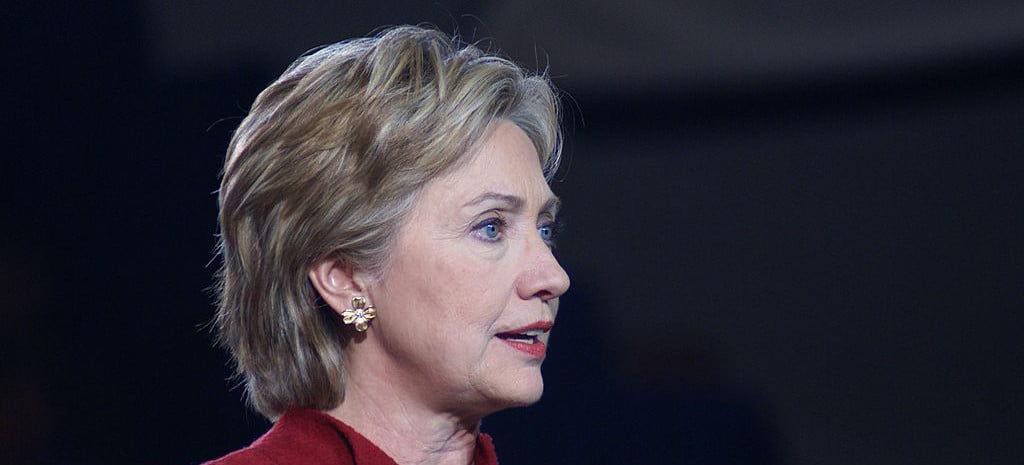The writers and management of pv magazine USA hold divergent political opinions as individuals. But when it comes to important decisions about what works best for the solar industry, we speak with one voice.
Of the two candidates who have any chance of becoming president of the United States this fall, there is no serious debate about who will be better for advancing solar and renewable energy in general.
It is true that it is hard to predict what Donald Trump would do as president, given his lack of detailed policy proposals on a number of issues. However, the Donald’s public statements show that he does not have the faintest grasp of the current state of renewable energy or energy markets in general.
This utter lack of knowledge muddies any assessment as to whether his promise to resurrect the U.S. coal industry is the result of delusion or simple dishonesty.
Hillary Clinton, on the other hand, came out early with a strong and well-articulated set of energy and climate policies – including a call to expand solar deployment 7-fold to 140 GW by 2020. And while the urgency of Climate Change sets a high bar for what are adequate means to accelerate the Energy Transition, Clinton’s goals are stronger than those of sitting president Barack Obama, calling for 33% renewable energy by 2027 – not counting hydro.
It is also important to note that Clinton has shown a willingness to weigh in and support solar in critical state-level policy conflicts during her campaign, in both Nevada and Florida.
Additionally, Hillary Clinton has outlined policy proposals to rebuild U.S. manufacturing. While these are not as well articulated or as ambitious as her clean energy plans and while they are somewhat undermined by her record of support for multinational trade deals, they are superior to Trump’s slogans, or his threat of increased trade action against the Chinese.
The last four years have shown that trade action alone will not necessarily bring back a larger share of U.S. manufacturing in the solar value chain; only proactive policies will.
Clinton is not the perfect candidate for the solar industry. Her embrace of fracking as Secretary of State helps to keep gas prices low, and gas is increasingly the cost standard against which solar is measured. And while this dynamic may shift in various ways over the coming years, in the long run gas simply cannot match the cost declines of a semiconductor like solar PV.
But if she is not the perfect candidate, Clinton is easily the best of the two main candidates. With few reservations, pv magazine USA endorses Hillary Clinton for president.
This content is protected by copyright and may not be reused. If you want to cooperate with us and would like to reuse some of our content, please contact: editors@pv-magazine.com.









By submitting this form you agree to pv magazine using your data for the purposes of publishing your comment.
Your personal data will only be disclosed or otherwise transmitted to third parties for the purposes of spam filtering or if this is necessary for technical maintenance of the website. Any other transfer to third parties will not take place unless this is justified on the basis of applicable data protection regulations or if pv magazine is legally obliged to do so.
You may revoke this consent at any time with effect for the future, in which case your personal data will be deleted immediately. Otherwise, your data will be deleted if pv magazine has processed your request or the purpose of data storage is fulfilled.
Further information on data privacy can be found in our Data Protection Policy.